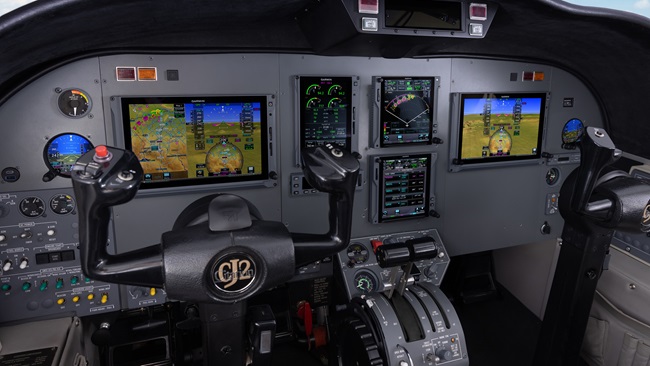tailBeacon approved for rotorcraft
uAvionix says air/ground determination not needed
uAvionix has announced that its tailBeacon, an FAA-approved, remote-mount 978-MHz universal access transceiver (UAT) ADS-B Out solution—combined with a rear position light for mounting at the rear of an aircraft—has been accepted by the FAA for installation on rotorcraft. No updates or changes to the product are required for helicopter use, the company said.
The tailBeacon’s electronics and functionality are almost identical to those of the company’s skyBeacon, a left wingtip-mount UAT that incorporates a red position light and LED strobe. skyBeacon received five FAA technical standard order (TSO) authorizations in September 2018, and received an approved model list supplemental type certificate (AML STC) in November 2018. The FAA issued a TSO for the tailBeacon in July 2019 and an STC on September 13.
Braun said that in an industry meeting December 4, the FAA reported that only 53 percent of the rotorcraft expected to equip with ADS-B Out by January 2, 2020, have done so—with two-thirds of turbine helicopters compliant, but only 30 percent of piston helicopters.
“When we certified tailBeacon, we fully expected to allow installations on rotorcraft,” Braun said. “To that end, we performed extensive environmental testing, including the specific vibration testing required for rotorcraft installations.” The complication was FAA Advisory Circular 20-165B, which interprets the ADS-B rules (FARs 91.225 and 91.227) to say that rotorcraft, like aircraft, must have a means to determine whether the aircraft is on the ground or in the air—although the actual TSO requirements state that a rotorcraft should simply indicate that it is airborne. “uAvionix followed this guidance to achieve TSO certification, which arguably conflicts with the advisory circular, leading us to caution against installation,” Braun said. “We didn’t want to put customers at risk of non-compliance.”
Braun said the FAA has determined that a rotorcraft ADS-B installation should indicate the aircraft is airborne, as tailBeacon does. “This is no longer a gray area. This is the same behavior that Europe and other international bodies have defined.” Braun said only certain advanced rotorcraft, currently equipped with systems specifically designed to determine air/ground state as an intended function—not to be confused with squat switches or collective sensors that may drive Hobbs meters—are exempted from this determination.
uAvionix has added a “tailBeacon Permission to Use STC for Rotorcraft” document and a rotorcraft-specific sample Form 337 to its website.



